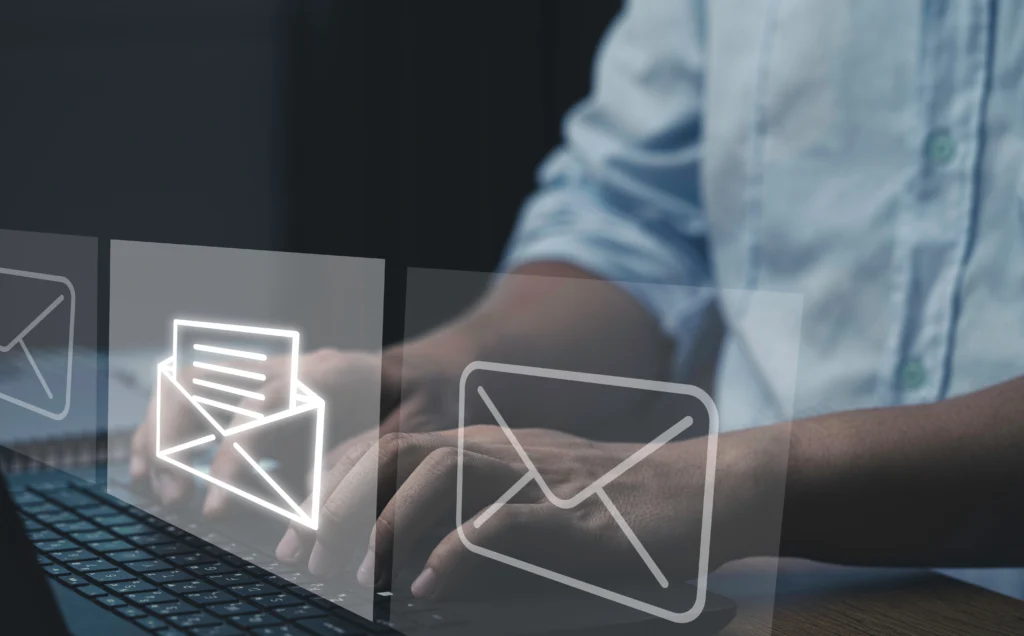In compliance-driven industries like healthcare, faxing remains the preferred method for sending documents securely. While it may seem outdated in the digital era, faxing is vital for maintaining security and meeting HIPAA standards. In fact, U.S. healthcare organizations process approximately 15 billion fax transactions each year, and this number continues to rise. The traditional fax machine, however, has largely been replaced by HIPAA-compliant cloud fax services.
For many, the most accessible and efficient way to send HIPAA-compliant faxes is through email to fax, services that ETHERFAX.net provides. This method allows users to send faxes from any device with email access, avoiding the need for separate cloud fax apps. With email to fax, all communication can be managed directly from the user’s inbox.
While email to fax is undoubtedly convenient, the key concern for many is whether it meets HIPAA compliance and security standards. If you’re evaluating cloud fax services and wondering about the security of email to fax, here’s a guide on how it works and the security measures in place.
How is an Email to Fax Sent?
Sending a fax via email is quite straightforward. You attach the document you want to fax and enter the recipient’s fax number in the TO: field of your email. This process is similar to sending a standard email, but with the fax number replacing the email address. Modern email to fax services support various file types, so you typically don’t need to convert the file format before sending. Detailed instructions for using specific email to fax services can usually be found on their information pages.
How Secure is Email to Fax?
Unlike regular, unencrypted emails that pass through multiple servers and can be accessed at any point during transmission, email to fax services offer enhanced security. When you send a fax via email, the message is encrypted using Transport Layer Security (TLS) and is transmitted directly to the fax service’s network. This avoids the vulnerabilities associated with passing through multiple email servers.
Once the fax reaches the service’s network, the document is converted into a format readable by a fax machine and then sent via the Public Switched Telephone Network (PSTN). The PSTN offers a high level of security because it requires physical access to the phone line to be compromised. Even if the PSTN were somehow breached, the fax is transmitted as electrical currents, making it unreadable to unauthorized parties.
After reaching the recipient’s fax server through the PSTN, the fax is decoded and delivered to the recipient. This direct transmission method makes email to fax more secure than standard email, while still offering the convenience and efficiency of modern communication methods. For those looking to simplify security and compliance, email to fax services provide a practical solution. If you’re starting your search for a cloud fax service, consult guides and resources to help define your requirements effectively.

